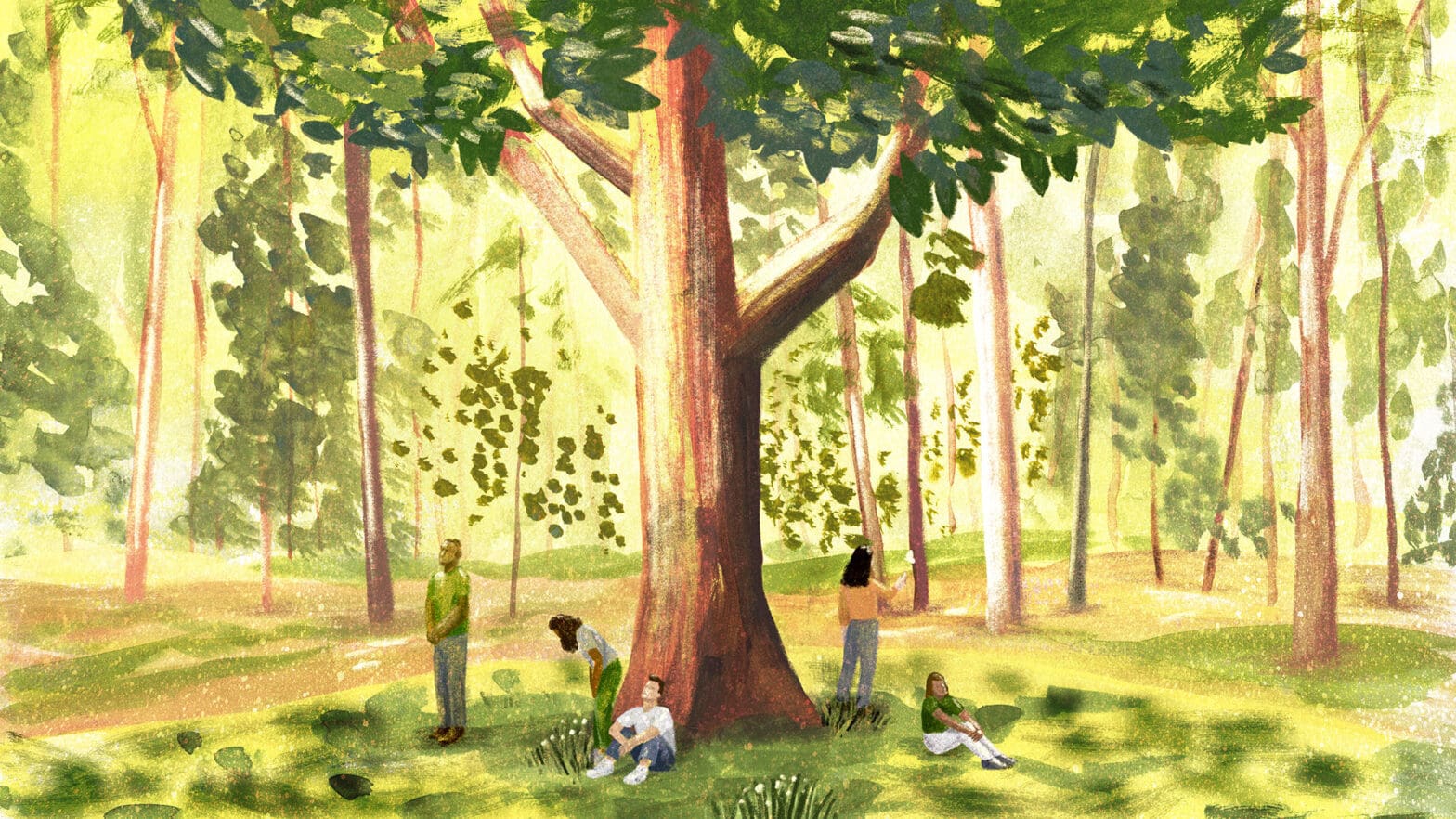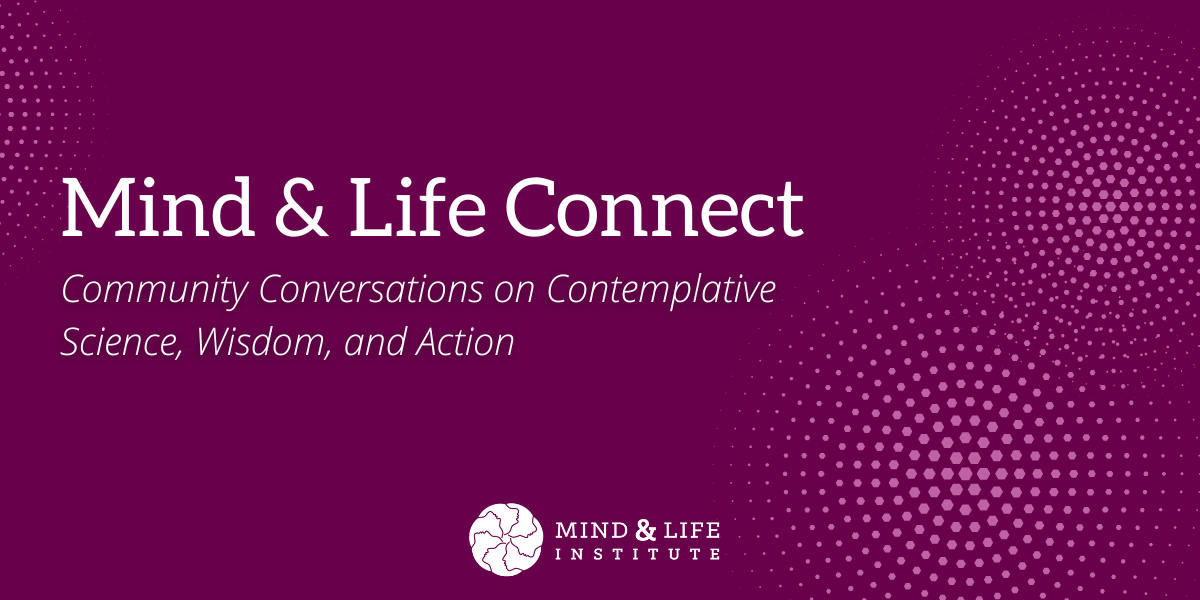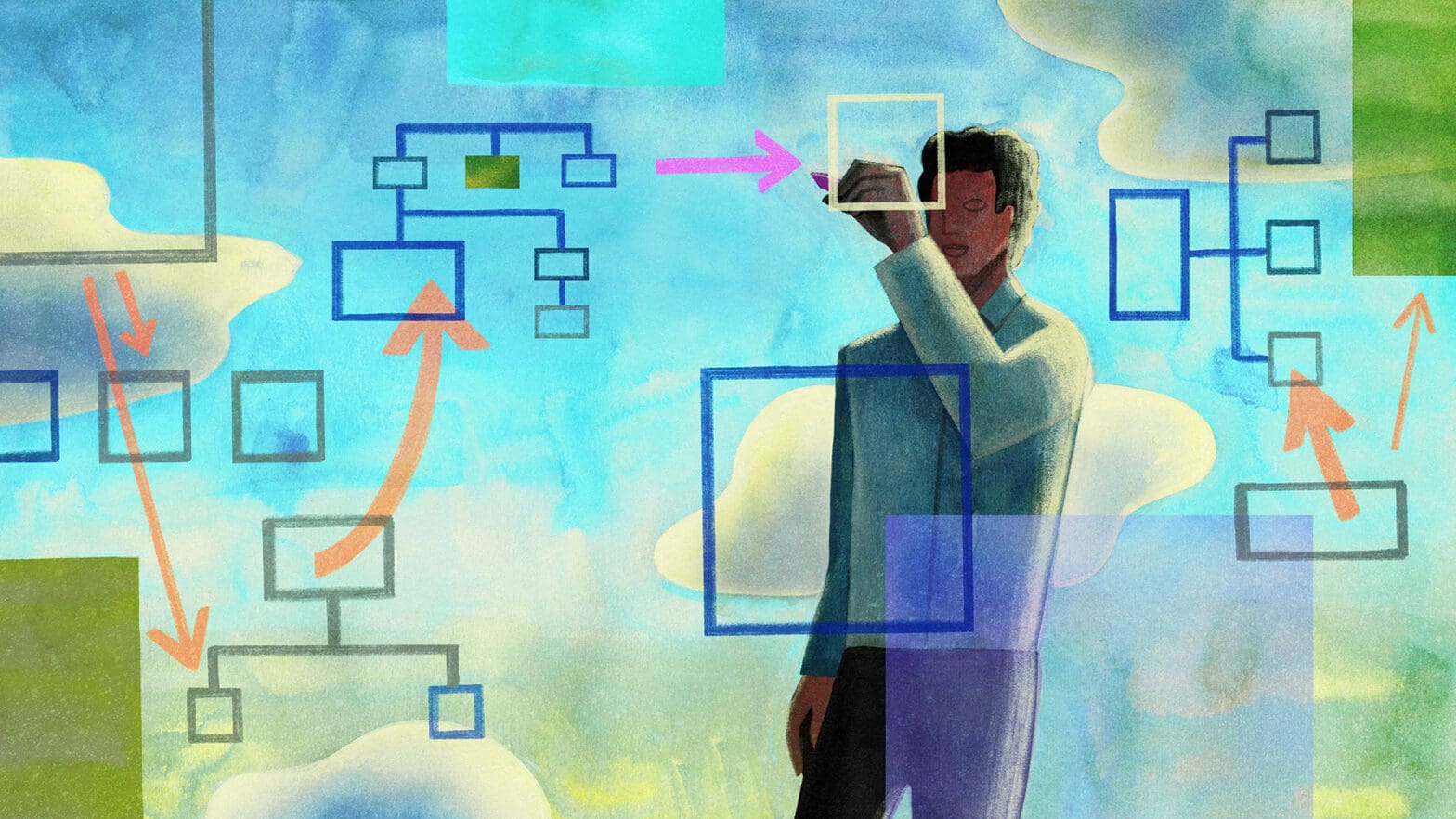Attention is defined as the ability to selectively process one source of information over others. Cognitive control is defined as the ability to act (or think) in accord with an intention. Both of these functions have been the subject of intense study in psychology and neuroscience, and yet our understanding of them, their relationship to one another, and their underlying neural mechanisms is still largely incomplete.
Search results for:
neuroscience
Attention and Cognitive Control
Meditation is likely to change mental functions in many different ways. My interest is to explore such changes in the domain of attention.Western psychology has developed experimental paradigms to measure different attentional skills and deployments.
Prelude to Probing Basic Cognitive Processes in Samatha Meditation
Samatha meditation, the foundation of Tibetan Buddhist contemplative techniques, is devoted to achieving stability and vividness of the attention. Opposing these objectives, there are several serious hindrances, including attentional laxity and excitation (e.g., wandering thoughts and mental chatter), which must be surmounted in order for attentional stability and vividness to be achieved.
Three Dimensions of Consciousness: A Buddhist Phenomenology of Mind
The Buddhist path entails an integrated pursuit of virtue, genuine happiness, and truth, and the exploration and transformation of mind is central to this endeavor. Gautama the Buddha refined and use focused, balanced attention as the instrument for examining mental phenomena. Among the three dimensions of consciousness, the first is the psyche, second is the substrate consciousness, and third is primordial consciousness. Each of these will be explained, together with means for exploring them experientially. The lecture will conclude with a discussion of the role of empiricism and skepticism in science and Buddhism.
Mindfulness and the Climate Crisis
On a late fall evening in 2018, my seven-year-old son came home with a school flier for a penny drive. As he counted the change in his piggy bank to make a donation, I looked over the details. The donation drive across California public schools was led by the Basic Needs program in Chico, an …
Sarina Saturn
Sarina Rodrigues Saturn, PhD, was a faculty member at the University of Portland. She received her Ph.D. in neuroscience from New York University under the mentorship of Joseph LeDoux. Her dissertation focused on molecular, cellular, and behavioral studies of the amygdala, the key brain structure for emotional processing. She was a postdoctoral scholar at Stanford …
Mind & Life Connect – Session 6
Session 6 transcript now available We’re living in a time of profound disruption—a time rife with challenges yet ripe with potential. How do we nurture the inner well-being so essential to being a force for good in the outer world? What’s getting in our way? How can we align our personal and professional lives to …
The Psychology of Action and Behavior Change
The path to a sustainable human future on Earth lies in finding a balance between conflicting goals – between striving and growth vs. stewardship and replenishment – both at the individual and collective level. Such balance requires attention to the here-and-now but also concern for others and planning for the future, two capacities that distinguish us from other species but that are not strongly developed.
Understanding our Emotions
In 2014, the evening before a much-anticipated meeting with the Dalai Lama, it was tough to sleep. Throughout the night, I woke up feeling anxious. I had never presented to a global leader, let alone someone I held in such esteem. I knew sleeping would help me feel prepared. I also knew I was unlikely …
Disentangling Self from Pain
I was in awe the first time I held Rage Against the Machine’s CD, The Ultimate Sacrifice. Featured on the cover was Malcolm Browne’s World Press Photo of the Year (1963) of the Venerable Thích Quảng Đức. Đức, a Vietnamese Mahayana Buddhist monk, was seated in a perfect lotus position, his body engulfed in flames. …






